Results
-
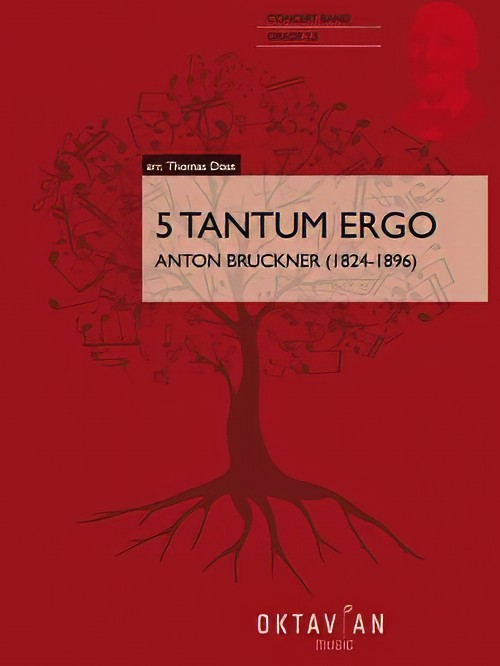 £95.99
£95.995 Tantum Ergo (Concert Band - Score and Parts) - Bruckner, Anton - Doss, Thomas
Anton Bruckner (b. 4.9.1824, Ansfelden, d. 11.10.1896, Vienna) didn't have it easy. Throughout his life, the Austrian composer was plagued by self-doubt. Anton Bruckner came from a simple, rural background. After the death of his father, he was accepted as a choirboy at the monastery of Sankt Florian in 1837. After several years as a school assistant and his own organ and piano studies, he first worked as organist in St. Florian, then from 1855 as cathedral organist in Linz. Introduced to music theory and instrumentation by Simon Sechter and Otto Kitzler, he discovered Richard Wagner as an artistic role model, whom he admired throughout his life and also visited several times in Bayreuth. In 1868 Anton Bruckner became professor of basso continuo, counterpoint and organ at the Vienna Conservatory; ten years later court organist; and in 1891 finally honorary doctor of the University of Vienna. He was considered an important organ virtuoso of his era, but had to wait a long time for recognition as a composer. It was not until Symphony No.7 in E major, composed between 1881 and 1883, with the famous Adagio written under the effects of Wagner's death, that he achieved the recognition he had hoped for, even if he was reluctant to accept it given his inclination towards scepticism and self-criticism. Anton Bruckner was a loner who did not want to follow a particular school or doctrine. He composed numerous sacred vocal works, such as his three masses, the Missa Solemnis in B flat minor (1854), the Te Deum (1881-84) and numerous motets. As a symphonic composer, he wrote a total of nine symphonies and many symphonic studies from 1863 onwards, tending to revise completed versions several times over. Bruckner's orchestral works were long considered unplayable, but in fact were merely exceptionally bold for the tonal language of their time, uniting traditions from Beethoven through Wagner to folk music, on the threshold between late Romanticism and Modernism. Hymns for four-part mixed choir a cappella (1846, St. Florian) No. 1 in E flat major (WAB 41/3): Quite Slow No. 2 in C major (WAB 41/4): Andante No. 3 in B flat major (WAB 41/1): Slow No. 4 in A flat major (WAB 41/2): Slow Hymn for five-part (SSATB) mixed choir and organ No. 5 in D major: Solemnly They are simple works, completely subordinate to their liturgical use, which nevertheless already show numerous characteristics of personal expression. These small pieces were able to stand up to the harsh scrutiny of the mature master: in 1888, Bruckner subjected them to a revision in which he made only minor corrections.Duration: 11.00
Estimated dispatch 7-14 working days
-
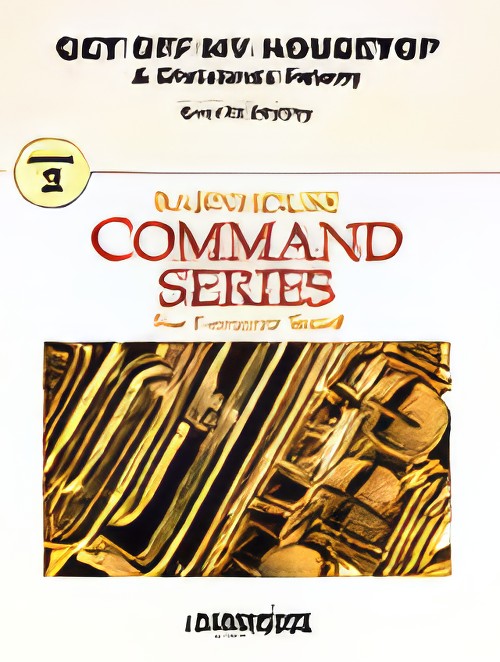 £59.00
£59.00Get Off My Housetop (A Christmas Felony) (Concert Band - Score and Parts) - Bradley, Evan W.
Get Off My Housetop - A Christmas Felony provides a new and somewhat twisted musical perspective on the concept of Santa Claus. When we review all the lore surrounding St. Nick, it is easy to interpret him and his job as kind of creepy. This student-approved arrangement uses "Up On the Housetop" and "Jolly Old St. Nicholas" - along with a host of fun percussion effects - to offer some new thoughts on Santa. You've never played a Christmas piece quite like this before! Duration: 2.30
Estimated dispatch 7-14 working days
-
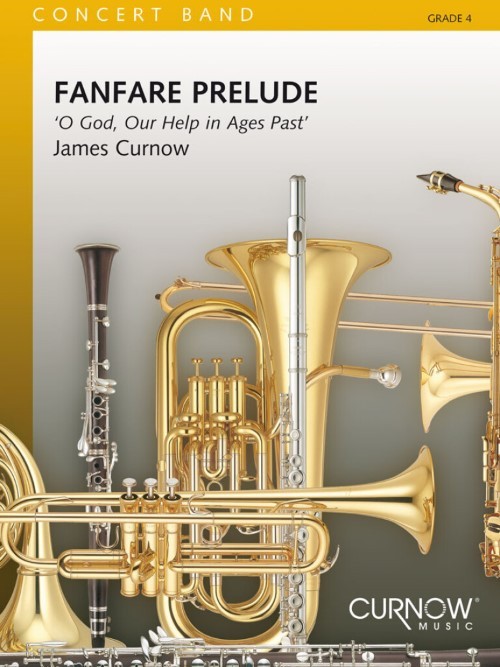 £79.99
£79.99Fanfare Prelude (O God, Our Help in Ages Past) (Concert Band - Score and Parts) - Curnow, James
Fanfare Prelude: O God, Our Help in Ages Past is based on the hymn-tune St. Anne, which was used by G.F. Handel in the Chandos anthem, O Praise the Lord, and by J.S. Bach in his triple fugue in E-flat, The St. Anne Fugue. James Curnow's Fanfare Prelude: O God, Our Help in Ages Past captures the thoughts of this magnificent hymn, which speaks of America's reliance upon God. The unusual 4/4 meter setting with artfully crafted re-harmonisations and lush counterpoint gives each listener cause to reflect on the importance and meaning of this melody to patriotic Americans everywhere. Inspired!Duration: 4.00
Estimated dispatch 7-14 working days
-
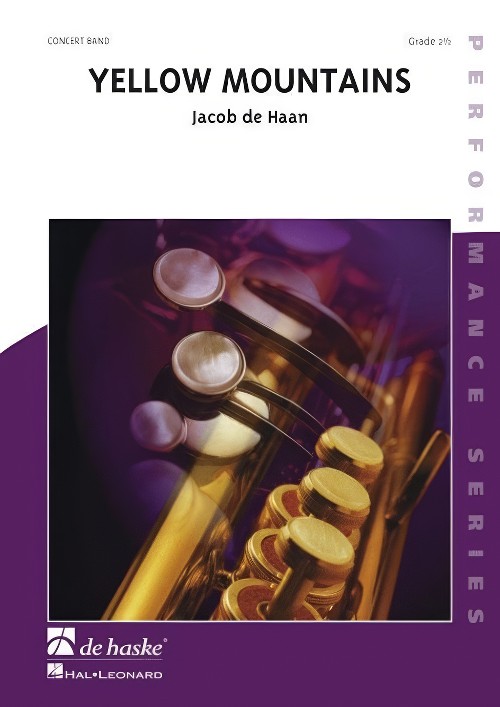 £84.99
£84.99Yellow Mountains (Concert Band - Score and Parts) - De Haan, Jacob
In October 1997, Jacob de Haan visited the Swiss village of St. Moritz, where he worked as a conductor with a symphonic wind band. The Mountains around St. Moritz were covered in marvellous autumn colours. The Colours, the quietness and nature itself inspired Jacob de Haan to compose this lyrical composition.Duration: 3:15
Estimated dispatch 7-14 working days
-
£109.99
Around a Village Wind Band Set (Score & Parts)
The idyllic village Beetsterzwaag, in the east of Friesland, and its surroundings are depicted in this suite. The first part describes the main street with its liveliness. The second part brings us to the nearby church of St. Hippolytus-Olterterp while the final section describes the children playing in the woods of Sparjebird. Het idyllisch in de Friese bossen gelegen dorp Beetsterzwaag en haar omgeving staat model in deze landelijke suite. Het eerste deel beschrijft de hoofdstraat met al haar levendigheid. Het tweede deel brengt ons in het naburige St. Hippolytus-kerkje van Olterterp terwijl het slotdeel de spelende kinderen beschrijft in het speelbos Sparjebird. 06:15
Estimated dispatch 7-14 working days
-
 £68.99
£68.99Floriana Wind Band Set (Score & Parts)
The convent of St. Florian was the place of work of the Austrian composer Anton Bruckner. It was in the rural setting of this convent with its marvelloaus church that Bruckner composed many of his great symphonies. St. Florian Choral is Thomas Doss' modest tribute to this great master whose music has left its permanent mark on the composer's musical life. 0:03:00
Estimated dispatch 7-14 working days
-
£144.99
Ross Roy (Concert Band - Score and Parts) - De Haan, Jacob
Jacob de Haan was commissioned to compose this concert piece by the "St. Peters Wind Symphony" from Brisbane, Australia. "Ross Roy" is the monumental late 19th century villa where St. Peters Lutheran College was founded in 1945. The villa has always remained the school symbol. In this composition, Jacob de Haan sees the "Ross Roy" as a metaphor for the years spent at school (a monument in time), where one's personality is formed. So, the opening theme the artist calls the Ross Roy theme initially has monumental characteristics.The rhythmic motion, which strides along in the lower register and percussion at the beginning of the next section is typical of "Tempo di Marcia". This movement, accompanied by repetitions of sound, is a metaphor for the structure and discipline in school. This is the introduction to a march theme, symbolic of "passing through" the classes up to the final examinations.Then, the Ross Roy theme is dealt with again, now in a playful, humorous variation. As if the composer is saying there should also be time for a smile in school. The same theme can be heard in major key and a slower tempo in the following section, expressing pride and self-confidence. This is also the introduction to the expressive middle section that represents love, friendship and understanding.We then return to the march theme in a slightly altered construction. The oriental sounds, constituting the modulation to the final theme, are symbols of the diversity of cultures in the school. The characteristic final theme first sounds solemn, but turns into a festive apotheosis. It is no coincidence that the final cadence is reminiscent of the close to a traditional overture, for the school years can be considered the "overture" to the rest of one's life. The premiere of "Ross Roy" was conducted by Jacob de Haan in Brisbane, on August 22, 1997.Duration: 9:20
Estimated dispatch 7-14 working days
-
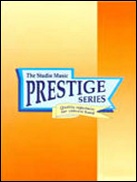 £124.95
£124.95VIA CRUCIS (Prestige Concert Band - Score and Parts) - Ellerby, Martin
Via Crucis (commissioned by Dr.Mathew J. George and the Symphonic Wind Ensemble of the University of St.Thomas at St.Paul, Minnesota) was inspired by a work of the same name by Franz Liszt. It describes the journey of Christ carrying the Cross, and is divided into fourteen stages or 'stations'. The instrumentation is for Solo Cello and Concert Band. Grade 5/6. Performance time 13'31" (Recorded on QPRM148D VIZCAYA, Royal Northern College of Music Wind Orchestra)
Estimated dispatch 7-14 working days
-
 £32.95
£32.95VIA CRUCIS (Prestige Concert Band - Score only) - Ellerby, Martin
Via Crucis (commissioned by Dr. Mathew J. George and the Symphonic Wind Ensemble of the University of St.Thomas at St.Paul, Minnesota) was inspired by a work of the same name by Franz Liszt. It describes the journey of Christ carrying the Cross, and is divided into fourteen stages or 'stations'. The instrumentation is for Solo Cello and Concert Band. Grade 5/6. Performance time 13'31" (Recorded on QPRM148D VIZCAYA, Royal Northern College of Music Wind Orchestra)
Estimated dispatch 7-14 working days
-
£84.99
Wachet Auf! (Concert Band - Score and Parts)
This excellent arrangement by Robert van Beringen is of the well-known German chorale Wachet auf, ruft uns die Stimme, taken from the oratorio Paulus (St. Paul) by Felix Mendelssohn Bartholdy (1809-1847). Although accredited to Mendelssohn it is thought the melody was in fact written by the pastor and poet Philipp Nicolai in 1599. Robert van Beringen's arrangement perfectly captures the biblical story of St. Paul. 0:03:45
Estimated dispatch 7-14 working days
